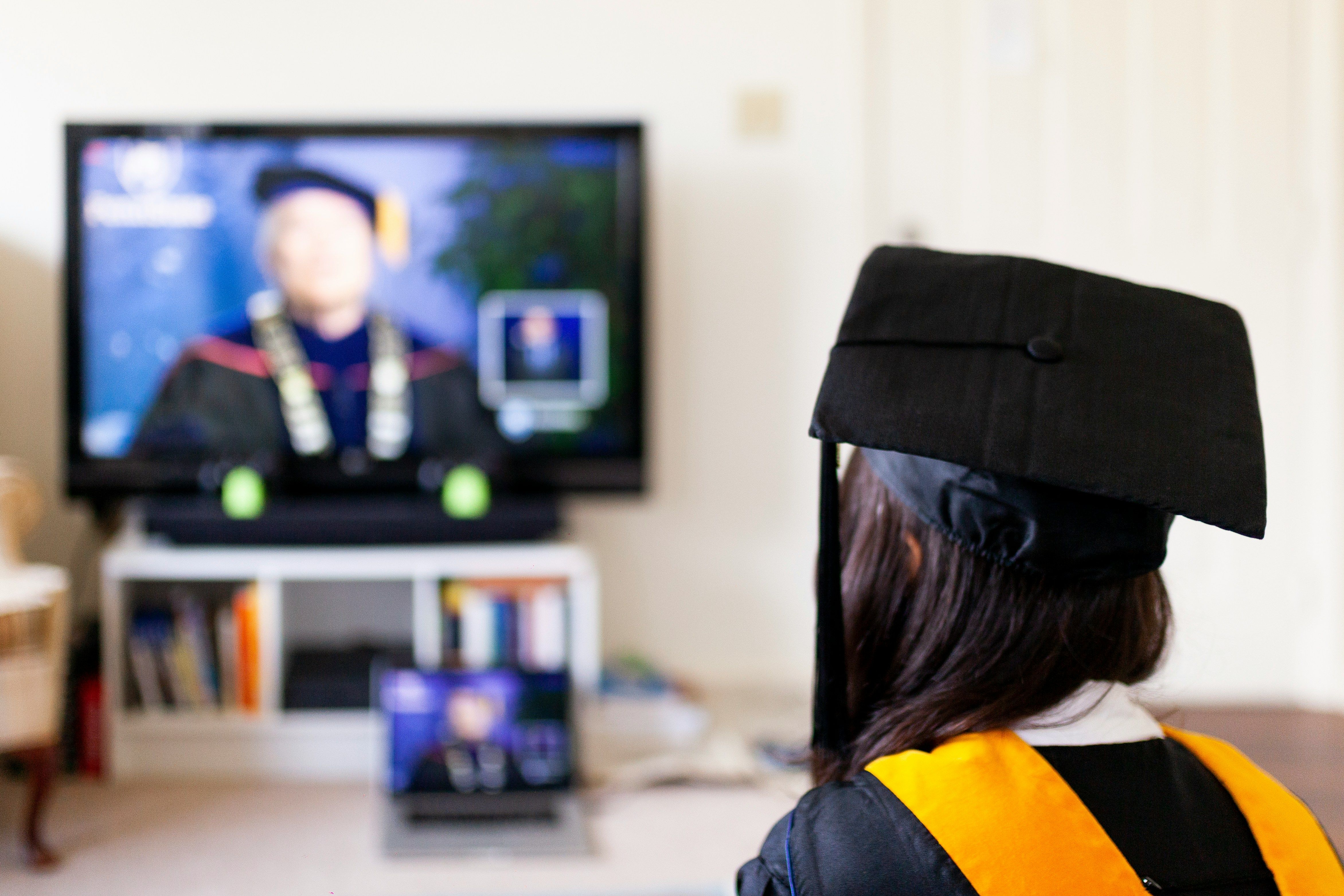Educational YouTube Channels Compared: East vs West
 Jake Kitchiner
Jake Kitchiner
Learn how educational YouTubers in Japan, Taiwan, and the U.S. are redefining online learning across different cultures.

YouTube has become a cornerstone of informal education, offering children and adults alike a chance to learn at their own pace, on their own terms. What began as a video-sharing platform has evolved into a sprawling global classroom. But as the popularity of educational content grows, so too does the diversity of how it is delivered.
From Japanese YouTubers focused on academic excellence to U.S. YouTube channels built around imaginative storytelling, and Taiwanese influencers blending education with entertainment, creators around the world are redefining how we learn online. These differences offer a fascinating window into broader cultural values around teaching, learning and engagement.
This article explores how educational creators from East Asia and the West differ in terms of presentation style, subject matter and success on the platform.
Meet the Channels: A Global Cast of Edutainers
To explore these contrasts, we looked at a range of educational YouTube creators from Japan, Taiwan and the United States. These YouTubers and influencers represent different age groups, educational approaches and content strategies.
Japan
- Nokkana Animation: Animated nursery rhymes and educational shorts for toddlers.
- Torisetsu (数学・英語のトリセツ!): Focused on secondary school mathematics and English exam preparation.
- QuizKnock: A quiz-based channel started by Tokyo University graduates, combining trivia with light-hearted entertainment.
Taiwan
- BrainSnax: English-language songs and phonics games aimed at preschool learners.
- Nash Wang: A physics teacher producing short science experiments and class-based demonstrations.
United States
- Toys and Colors: Pretend play, skits and character-led storytelling with educational themes.
- Blippi: A vibrant host guiding children through real-world topics like transport, food and community helpers.
- CoComelon: Animated nursery rhymes teaching life skills, manners and routines to toddlers.
Style: Visuals, Editing and Presentation
One of the clearest points of contrast lies in visual and editing style.
East Asian channels often prioritise clarity and focus. Videos are typically concise, with direct teaching methods and clean visuals. For instance, Torisetsu and Nash Wang use simple slides, diagrams and straightforward narration. Nokkana Animation, although aimed at very young children, keeps its videos short and calming, avoiding overstimulation.
QuizKnock, though more energetic, maintains a measured pace. The editing is tight, the humour is intellectual, and the content is clearly structured. Even in entertainment-focused content, there is a sense of order and academic discipline.
By contrast, Western channels lean into theatrics and personality. Blippi and Toys and Colors are driven by characters, costumes, bright colours and music. CoComelon, one of the most subscribed YouTube channels in the world, relies on high-quality 3D animation and catchy songs to reinforce early learning. These videos are often longer, and repetition is used deliberately to help children absorb messages through rhythm and routine.
While East Asian content tends to place the information at the forefront, Western content often wraps it in a layer of play and spectacle.
Substance: What’s Being Taught and How
Subject matter differs just as much as style. In East Asia, educational content often supports formal schooling. Torisetsu directly prepares students for exams, with walkthroughs of past paper questions and live revision sessions. Nash Wang provides real-world applications of physics, aimed at supplementing the school curriculum.
There is also early childhood content, such as Nokkana Animation and BrainSnax, which focus on language learning, basic vocabulary and cognitive development. Even these channels, however, maintain an underlying structure, focusing on mastery of specific skills.Western channels are more focused on life skills and emotional development, particularly at the preschool level. Blippi and CoComelon teach concepts like manners, safety, colours and counting, often through songs, stories and imaginative play. Toys and Colors creates situations involving sharing, teamwork or decision-making, with clear moral messages at the end.
These differing approaches reflect the broader educational priorities in each culture. In Japan and Taiwan, academic achievement and test readiness are highly valued. In the United States, there is greater emphasis on social-emotional learning and exploratory thinking in early years education.
Success: Reach, Engagement and Strategy
Success on YouTube is not always measured in the same way. Take CoComelon, for example — the channel has an enormous 191 million subscribers, but an engagement rate of just 0.41%. This is partly due to its audience of very young children, and also the way the content is consumed. CoComelon is often watched on a television, where navigating with a remote control makes it harder to like, comment or interact in real time.
By contrast, QuizKnock, with 2.5 million subscribers, maintains a much stronger engagement rate of 4.45%. Its content is more likely to be viewed on laptops or phones, where commenting, liking and sharing are more accessible — and where the audience is more active by default.
Frequency also plays a role. Channels like Nokkana Animation and Nash Wang post frequently (up to 27 times per month), maintaining visibility on the platform. Meanwhile, channels like Blippi produce longer videos and focus on building a recognisable brand, complete with merchandise and live shows.
Language also affects reach. English-language content is more easily promoted by YouTube's global algorithm, giving channels like Blippi and CoComelon a wider potential audience. Some Taiwanese creators, such as BrainSnax and Nash Wang, are beginning to bridge this gap by producing content in English, but it remains a challenge for many East Asian creators working in their native language.
Cultural Influences on Educational Content
These differences are not just stylistic, but deeply rooted in cultural expectations around learning. East Asian education systems are often influenced by Confucian traditions, which emphasise respect for teachers, discipline and structured knowledge acquisition. This translates into content that feels more formal, even when it is entertaining.
Western education systems, particularly in the early years, focus more on individual expression, curiosity and learning through play. This is reflected in the open-ended, imaginative format of channels like Toys and Colors and Blippi, where children are encouraged to explore rather than memorise.
What They Can Learn From Each Other
There is much to admire on both sides. Western creators could benefit from the clarity, conciseness and academic alignment seen in many Japanese and Taiwanese channels. More structured learning moments would add depth to play-based formats.
At the same time, East Asian creators might find new opportunities by embracing storytelling, character development and emotional arcs that resonate more widely with international viewers. Channels like BrainSnax show how East Asian educational values can be adapted for global audiences.
Whether through catchy songs, clever quizzes or simple explanations, Japanese YouTubers, U.S. content creators, and Taiwanese influencers are shaping the future of education in distinct yet meaningful ways. As global audiences continue to cross borders online, the most successful creators may be those who find inspiration in both traditions.

